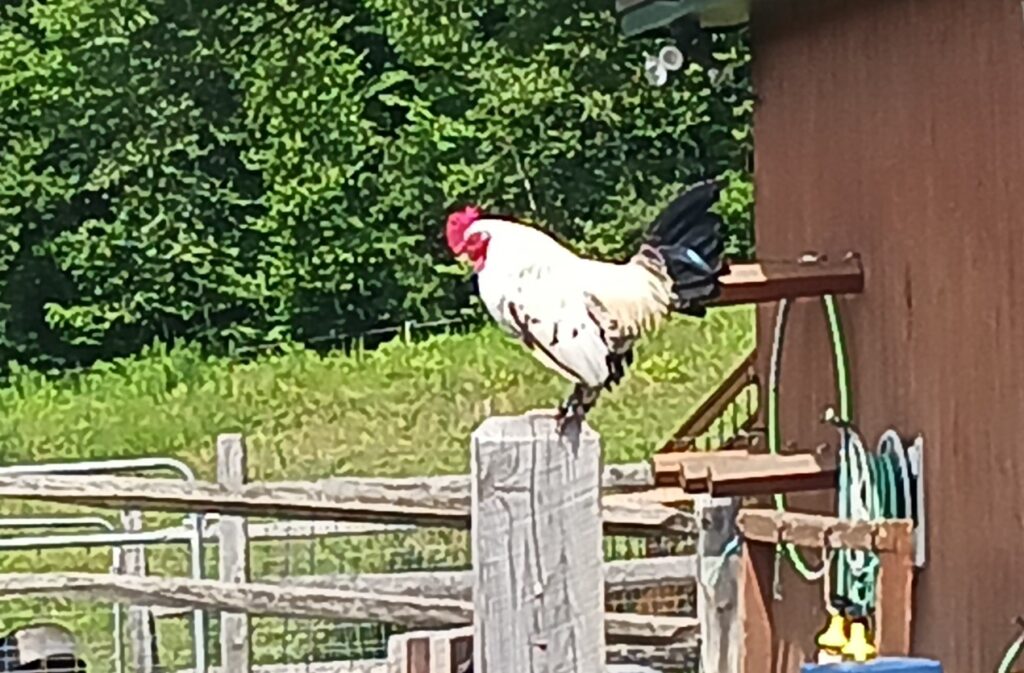
We have been busy processing samples this summer and going through the review process with our first paper from this project, but we’re looking forward to gathering some more backyard flock samples in August and September. Interested in participating? Check out the options here.
We will be at the International Association for Food Protection July 31-August 3rd, presenting our research from 2021 on chicks from agricultural supply stores. Our abstract is below:

Curious about the adult side of the project? Our project abstract is below, and you can find the preprint on ResearchGate.
The popularity of backyard chickens has been growing steadily over the past ten years, with Covid-19 stay at home orders in 2020 providing an added boost in popularity. Concurrently, cases of salmonellosis from live poultry exposure have also risen. Previous research on backyard chicken owners has focused primarily on urban chicken owners, which may have differing knowledge and biosecurity habits from rural backyard chicken owners. The goal of this study was to investigate the prevalence of S. enterica in rural and urban flocks of chickens in the state of Vermont and to determine what attitudes towards and knowledge about S. enterica owners had, as well as what biosecurity practices they used. We conducted two surveys in Vermont between 2019-2022; a pilot study tied to sampling for Salmonella enterica in backyard chicken flocks from 2019-2021 and a statewide study in 2022 to determine the prevalence of backyard chickens in Vermont and obtain representative survey data from backyard chicken owners. We found (i) overall, 19% (8/42) backyard chicken flocks from 2019-2021 had S. enterica, but S. enterica rates varied substantially by year; (ii) backyard chicken owners were wealthier and more educated than the average Vermonter and generally lived in rural areas; (iii) participants in the statewide survey had much lower uptake of good biosecurity habits compared to the pilot survey; (iv) despite increased messaging about backyard chicken-associated salmonellosis and good biosecurity measures over the past several years, uptake of biosecurity measures is inconsistent, and rates of unsafe practices such as kissing or cuddling chickens have increased in Vermont. Overall, the data indicate the need for improved messaging on biosecurity and risks associated with backyard chickens
DeCicco, M., Larsen, K.M., Hood, K., Etter, A.J. Salmonella enterica Frequency in Backyard Chickens in Vermont and Biosecurity Knowledge and Practices of Owners.
We’ll post a non-technical abstract at some point soon.
~Andrea Etter
